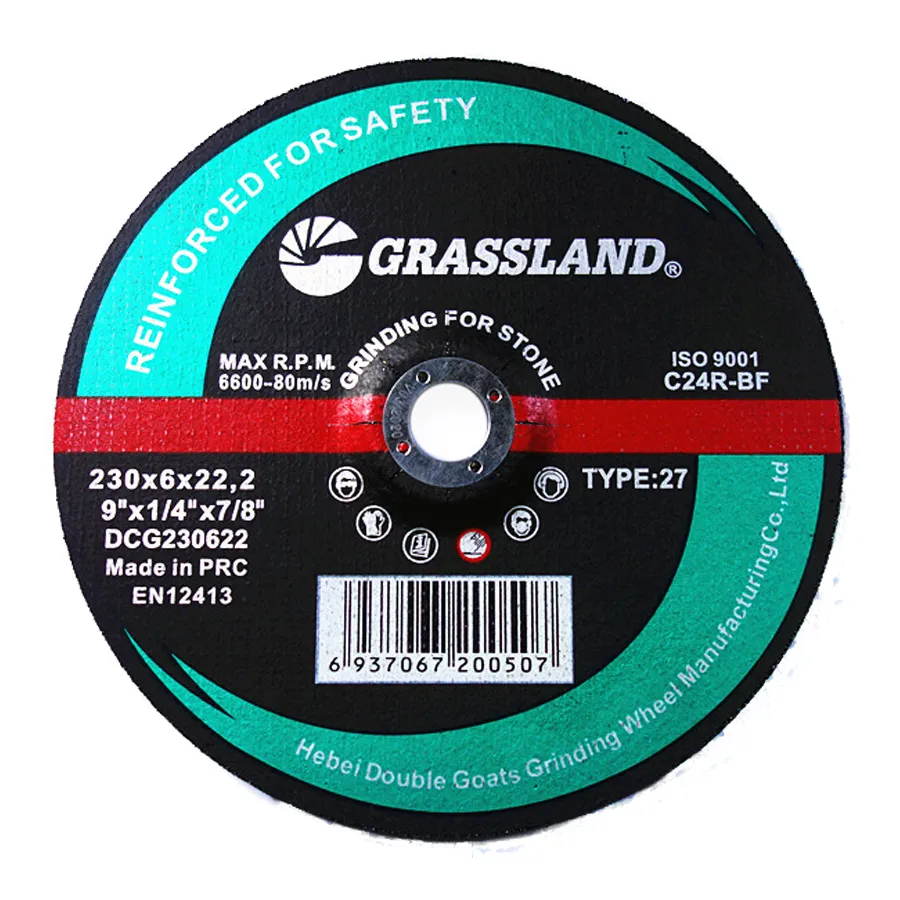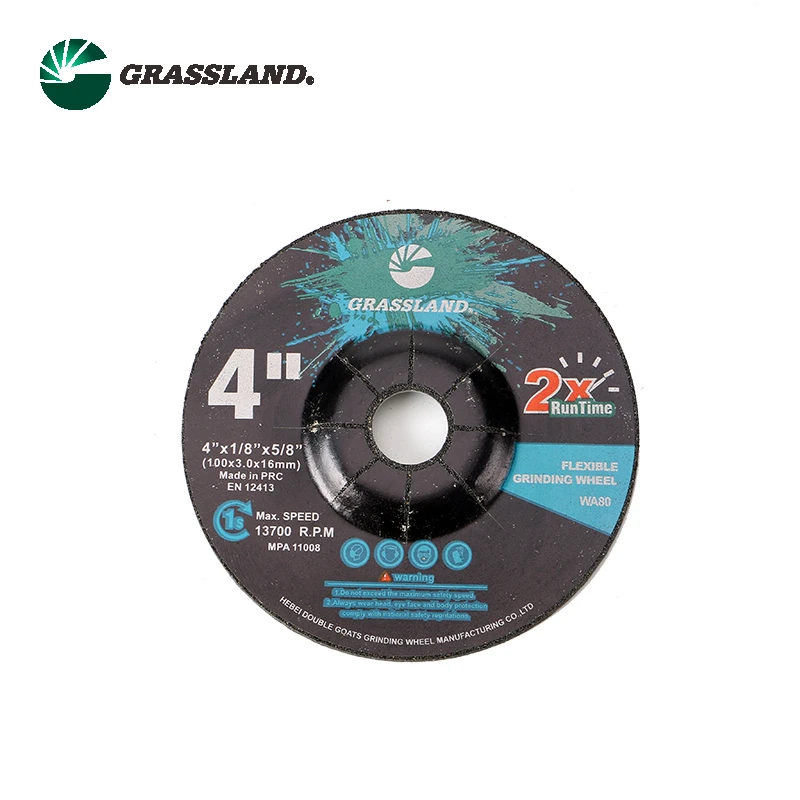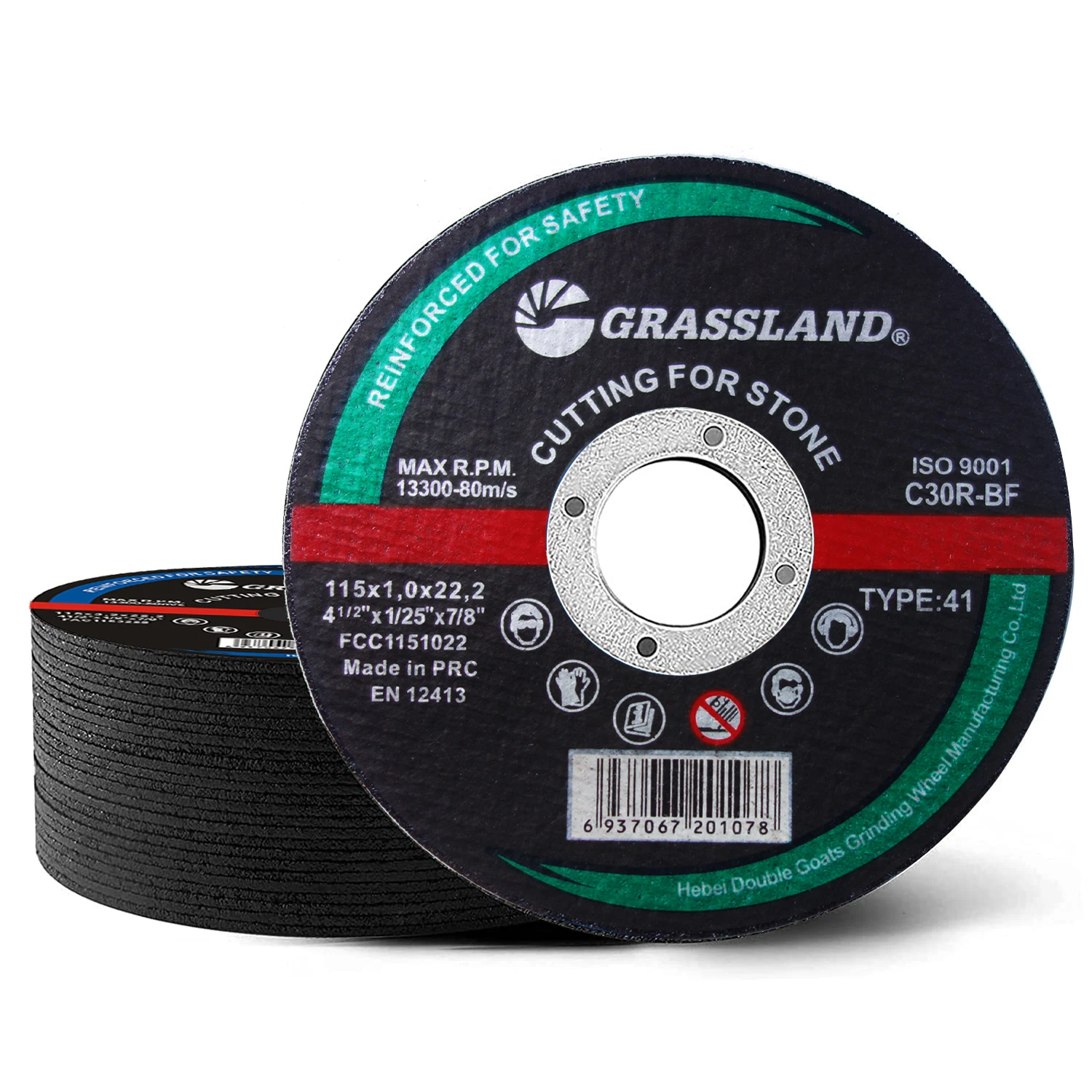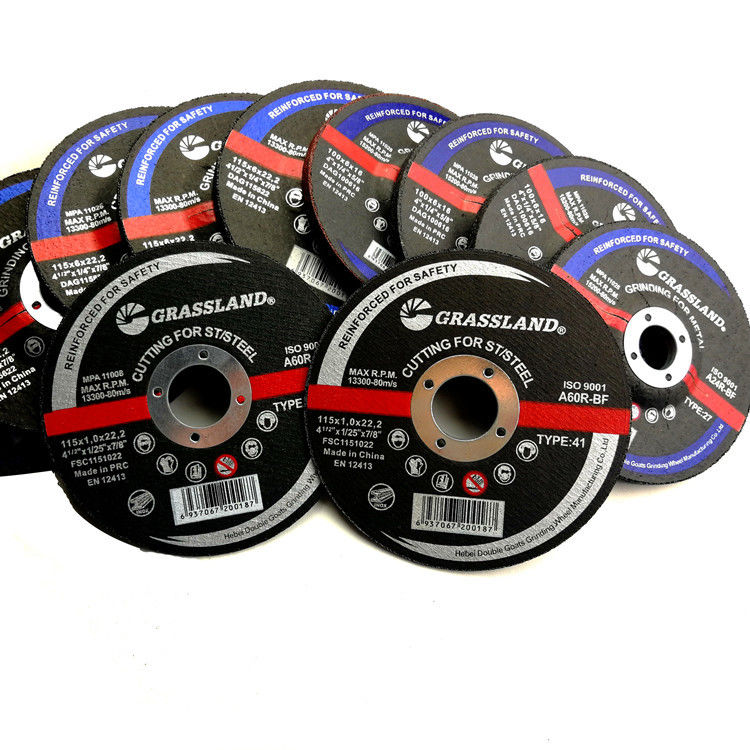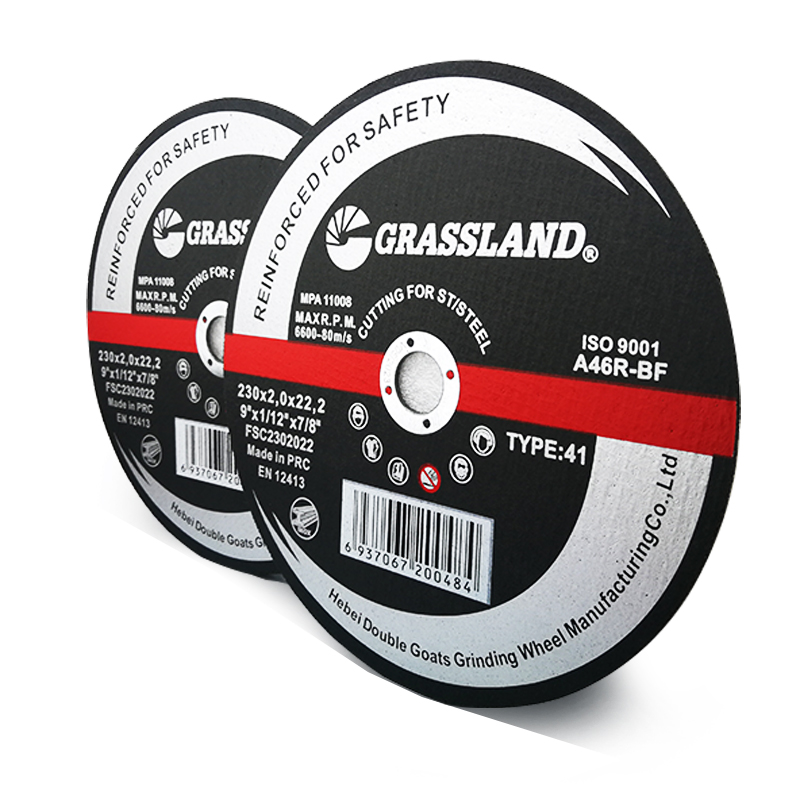Understanding Grinding Wheels Types, Applications, and Importance
Grinding wheels are a fundamental component in various machining processes, contributing significantly to material removal and surface finishing in manufacturing. Comprised of an abrasive material held together by a bonding agent, these wheels come in various shapes, sizes, and types, making them versatile tools for different applications. This article delves into the various aspects of grinding wheels, including their types, applications, and the importance of selecting the right wheel for specific tasks.
Types of Grinding Wheels
Grinding wheels can be categorized based on the type of abrasive material they use, their shape, and their bonding agents. Some of the common types include
1. Aluminum Oxide Wheels These are the most commonly used grinding wheels, suitable for grinding steel and other ferrous metals. They are known for their effectiveness in achieving a good surface finish.
2. Silicon Carbide Wheels Ideal for grinding non-ferrous metals such as aluminum and brass, these wheels are characterized by their sharper, harder particles that produce finer finishes.
3. Diamond Wheels These wheels use diamond abrasives and are highly effective for grinding hard materials like ceramics, glass, and composites. They offer superior durability and performance but come at a higher cost.
4. Cubic Boron Nitride (CBN) Wheels Utilized primarily in the grinding of hardened steel, CBN wheels are known for their impressive wear resistance and longevity.
5. Resin Bonded Wheels These wheels offer flexibility and are commonly used for light grinding and finishing applications, where a smooth finish is required.
Applications of Grinding Wheels
Grinding wheels are used in various industries for a multitude of applications
grinding wheels pdf
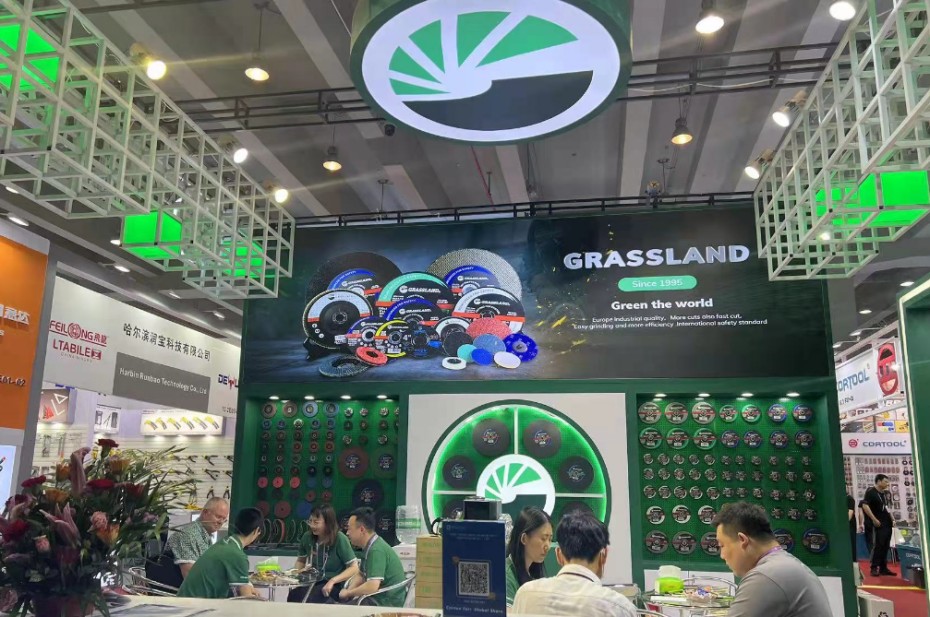
- Metalworking In the metalworking industry, grinding wheels play a crucial role in shaping, sharpening, and finishing metal components. They are used in processes such as surface grinding, cylindrical grinding, and tool grinding.
- Construction Grinding wheels are employed in the construction sector for cutting, shaping, and finishing concrete, masonry, and tile.
- Automotive In automotive manufacturing and repair, grinding wheels are used to shape metal parts, sharpen tools, and perform maintenance on machinery.
- Woodworking Some grinding wheels are designed specifically for woodworking, allowing operators to shape and finish wood products effectively.
Importance of Selecting the Right Grinding Wheel
Choosing the correct grinding wheel is essential for achieving optimal results. Factors such as the type of material being ground, the specific grinding process, and the desired finish all influence the selection.
- Material Compatibility Using the right abrasive material prevents damage to the workpiece and enhances the lifespan of the grinding wheel. For instance, using a silicon carbide wheel on steel could lead to poor performance and premature wear.
- Wheel Size and Shape The size and shape of the wheel also affect performance. For intricate or detailed work, smaller, specialized shapes may be required, while larger wheels are suited for bulk material removal.
- Operating Conditions Whether the grinding is done dry or wet, at high speeds or low speeds, will also dictate the choice of wheel. Certain wheels are designed to withstand higher temperatures and pressures.
Conclusion
Grinding wheels are an indispensable tool in manufacturing and production processes. Their diverse types and specific applications allow machinists and trade professionals to achieve superior finishes and precise dimensions. Understanding the characteristics of various grinding wheels and selecting the appropriate type for a given task can lead to increased operational efficiency, reduced costs, and improved product quality. In essence, mastering the use of grinding wheels is crucial for success in any industry that relies on precise material removal and surface finishing. As technology advances, the development of new materials and bonding agents will likely continue to enhance the capabilities of grinding wheels, making them even more integral to modern manufacturing practices.
Post time:Dec - 05 - 2024






